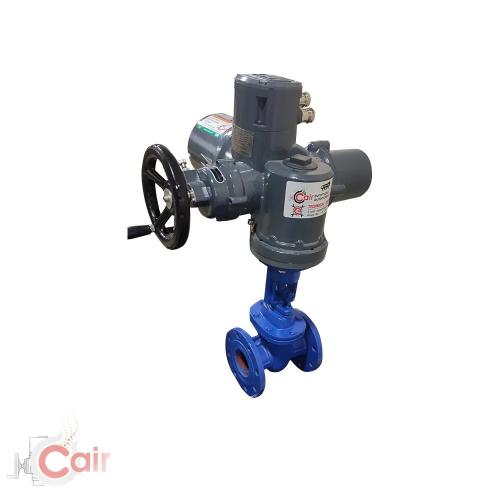Understanding Sluice Valves: Types, Applications, and Maintenance

What is a Sluice Valve?
A sluice valve, also known as a gate valve, is a type of valve used to control the flow of fluids, such as water or gas, in a pipeline. It is designed to provide a tight seal when closed, preventing any flow of fluid through the valve. The valve is opened by lifting the gate or sluices out of the fluid path, allowing the fluid to flow through the valve. When the valve is closed, the gate or sluice is lowered back into the fluid path, blocking the flow of fluid.
Sluice valves are typically made of metal, such as cast iron or bronze, and are used in a variety of applications, including water treatment plants, fire protection systems, and industrial processes.
Types of Sluice Valves
There are several types of sluice valves available, each with its own unique design and application. The most common types of sluice valves include:
Rising stem gate valves: This type of valve has a stem that rises and falls as the gate or sluice is lifted and lowered. Rising stem gate valves are commonly used in applications where the valve must be operated manually.
Non-rising stem gate valves: This type of valve has a gate or sluice that is lifted and lowered without moving the stem. Non-rising stem gate valves are commonly used in applications where the valve must be operated in a confined space.
Knife gate valves: This type of valve has a sharp edge that cuts through the fluid, allowing it to flow through the valve. Knife gate valves are commonly used in applications where the fluid contains solids, such as pulp or wastewater.
Wedge gate valves: This type of valve has a gate or sluice that is wedged into the valve body, providing a tight seal when closed. Wedge gate valves are commonly used in applications where the valve must provide a high level of sealing.
Applications of Sluice Valves
Sluice valves are used in a variety of applications, including:
Water treatment plants: Sluice valves are used to control the flow of water in treatment plants, such as those used for drinking water or wastewater.
Fire protection systems: Sluice valves are used in fire protection systems to control the flow of water to sprinkler systems and fire hydrants.
Industrial processes: Sluice valves are used in a variety of industrial processes to control the flow of fluids, such as oil, gas, or chemicals.
Irrigation systems: Sluice valves are used in irrigation systems to control the flow of water to crops and other plants.
Mining operations: Sluice valves are used in mining operations to control the flow of water and other fluids in processing plants and other facilities.
Maintenance of Sluice Valves
Proper maintenance is essential to ensure that sluice valves operate effectively and efficiently. Some tips for maintaining sluice valves include:
Regular inspections: Inspect valves regularly for signs of wear, corrosion, or damage. Replace any damaged parts as needed.
Lubrication: Lubricate valves regularly to ensure that they operate smoothly. Use a high-quality lubricant that is suitable for the specific valve type.
Cleanliness: Keep valves clean and free from debris. Remove any buildup of sediment, dirt, or other materials.
Proper operation: Ensure that valves are operated properly, following the manufacturer's instructions. Improper operation can lead to damage or failure of the valve.
Replacement of worn parts: Over time, valves may experience wear and tear, and some parts may need to be replaced. It is important to use high-quality replacement parts that are compatible with the valve.
Monitoring for leaks: Keep an eye out for any leaks around the valve. Even small leaks can lead to significant losses of fluid and can be a sign that the valve needs to be repaired or replaced.
Regular testing: Test the valve regularly to ensure that it is functioning properly. This may include pressure testing or other types of tests.
In conclusion, sluice valves are an essential component of many different types of fluid control systems. Understanding the different types of valves available, as well as their applications and maintenance requirements, can help ensure that they operate effectively and efficiently over the long term. By following proper maintenance procedures and monitoring for signs of wear or damage, you can help ensure that your sluice valves continue to function effectively and provide reliable fluid control for many years to come.
Post Your Ad Here
Comments